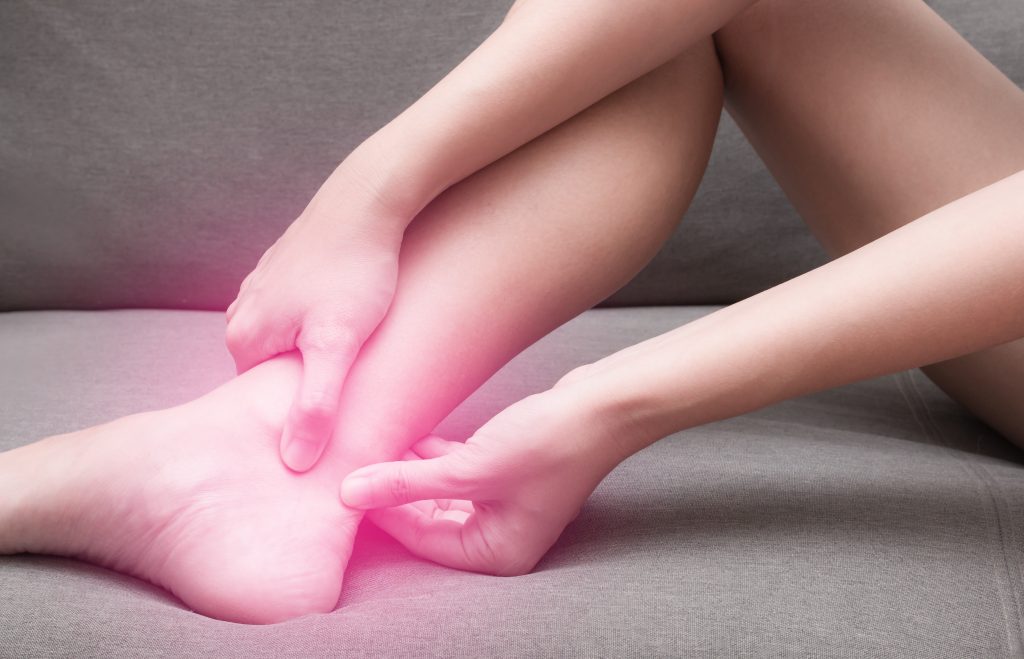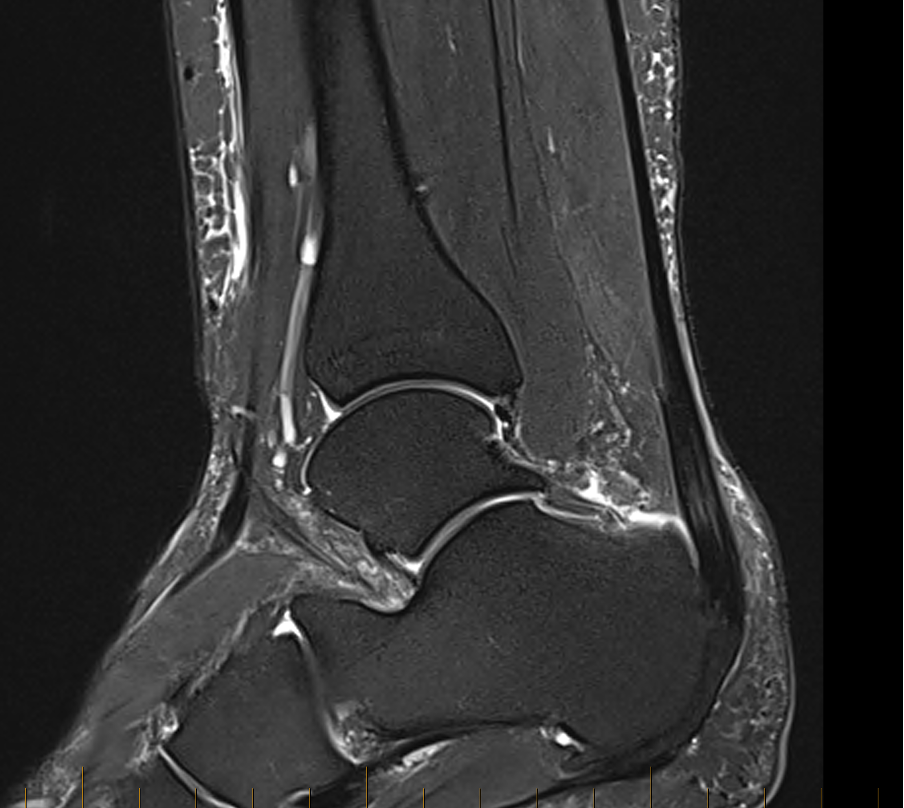Tendon Issues
What is Achilles tendonitis?
Achilles tendonitis is a painful chronic condition that occurs when the Achilles tendon becomes irritated and inflamed.

What is the Achilles tendon?
The Achilles tendon is the fibrous connective tissue that connects the calf muscle to the heel bone. It is the largest tendon in the body and runs down the back of your lower leg. It functions every time you walk, run, climb stairs, jump and stand on your tip toes.
What causes Achilles tendonitis?
Achilles Tendonitis is generally a result of overuse or repetitive activities. It is not typically related to a specific injury, but certain activities may make it more likely to develop such as sudden increase in exercise activity, tight calf muscles and heel spurs.
What are the symptoms of Achilles tendonitis?
Achilles tendonitis is generally a result of overuse or repetitive activities. It is not typically related to a specific injury, but certain activities may make it more likely to develop such as sudden increase in exercise activity, tight calf muscles and heel spurs.
- Pain and stiffness along the Achilles tendon
- Activity related pain along the tendon or back of the heel
- Pain the day after exercising
- Thickening of the tendon
- Difficulty walking or standing
- Muscle weakness of tenderness
- Swelling
- Bone spur (insertional tendinitis)
- Difficulty walking or standing
- Loss of strength
Book an Appointment Today!
Are there different types of Achilles tendonitis?
Achilles tendonitis can occur in different areas of the tendon and are more common in different patient populations.
Insertional Achilles tendonitis is a pain and thickening of the Achilles tendon as it attaches to the heel bone. This usually occurs in middle aged patients with tight calf muscles and is due to repeated inflammation secondary to trauma. This leads to pain at the back of the heel and an enlargement of the bone of the back of the heel known as a Haglund’s deformity can develop.
Mid-substance Achilles tendonopathy is a pain and thickening of the Achilles tendon 2-6cm away from the insertion of the Achilles tendon into the heel bone. It is usually due to overuse, poor tendon blood supply and some inflammatory conditions.
The tendon is thickened, painful and swollen and patients tend to have difficulty running. This often occurs in patients in their 30’s and 40’s.

How do you diagnose Achilles tendonitis?
All surgical procedures involve inherent risk of complications. However, these risks are generally uncommon and quite infrequent. These include anesthetic complications, wound infections, deep Dr. Chow will take a thorough medical history to delineate the nature of the pain, evaluate the degree of functional impairment and assess any deformity that may be present.
A physical examination will be undertaken to evaluate the areas of tenderness, the range of motion of the ankle and isolate any other areas that may be symptomatic.
Imaging is essential to evaluate the tendon and surrounding bone. Weight bearing x-rays will be required to assess the alignment of the ankle and assess the size of the heel spur. MRI is also required to assess the quality of the tendon and the degree of degeneration infections, nerve injury resulting in numbness/tingling/pins and needles. tendon injuries, bleeding, stiffness, chronic regional pain syndrome, blood clots and ongoing pain.
Patients can minimize the risk of complications by carefully following post-operative instructions.
